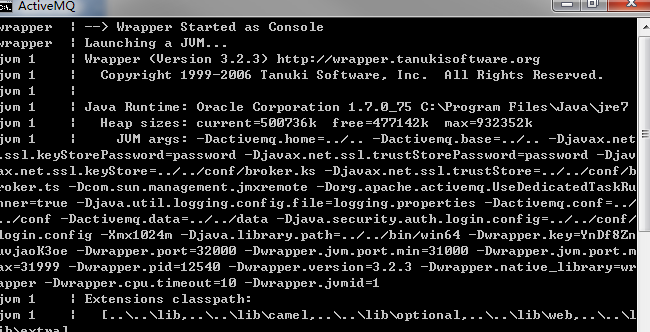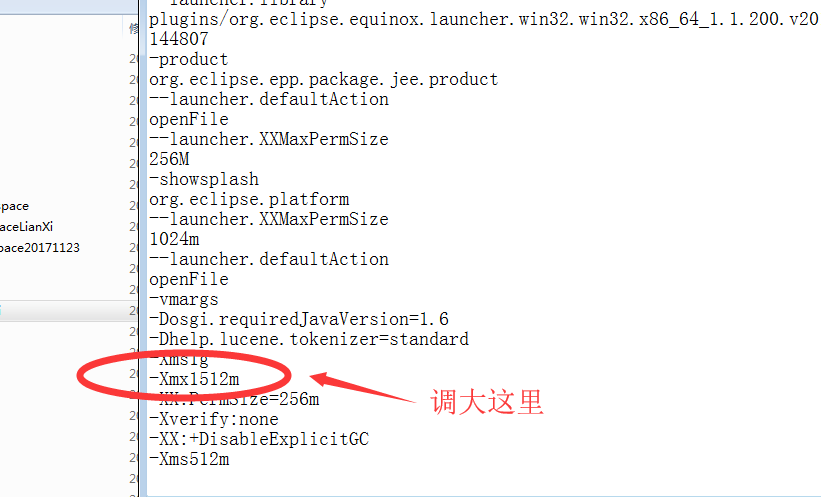Java - 并发编程 - 线程池(图解)
前言
做的学习笔记,并加入了自己的理解,谢谢
使用线程池的原因
我们创建的线程在运行结束后都会被虚拟机销毁,如果线程数量多的话,频繁的创建和销毁线程会大大浪费时间和效率,更重要的是浪费内存,线程池可以让线程运行后不立刻销毁,而是让线程重复使用,继续执行其他任务
线程池的优化
- 降低资源消耗
- 提高响应速度
- 提高线程的可管理性
流程图
线程池的核心参数
/** * 线程核心参数 * @param corePoolSize 核心线程数量 * @param maximumPoolSize 最大线程数量 * @param keepAliveTime 线程空间后的存活时间 * @param unit 时间单位 * @param workQueue 用于存放任务的阻塞队列 * @param threadFactory 线程工厂类 * @param handler 当队列和最大线程池都满了之后的饱和策略 */public ThreadPoolExecutor(int corePoolSize,int maximumPoolSize,long keepAliveTime,TimeUnit unit,BlockingQueue<Runnable> workQueue,ThreadFactory threadFactory,RejectedExecutionHandler handler)
线程池可选择的阻塞队列
- 无界队列
- 有界队列
如果超出界定值,将阻塞 put 方法 - 同步移交队列
也就是队列不存储元素,每个插入操作都要等待另一个线程调用移出操作,否则插入操作一直处于阻塞
无界队列
ArrayBlockingQueue<Integer> queue = new ArrayBlockingQueue<>();for (int i = 0; i < 10; i++) {queue.put(i);System.out.println("向队列中添加值:" + i);}LinkedBlockingQueue<Integer> queue = new LinkedBlockingQueue<>();for (int i = 0; i < 10; i++) {queue.put(i);System.out.println("向队列中添加值:" + i);}
有界队列
ArrayBlockingQueue<Integer> queue = new ArrayBlockingQueue<>(5);for (int i = 0; i < 10; i++) {queue.put(i);System.out.println("向队列中添加值:" + i);}LinkedBlockingQueue<Integer> queue = new LinkedBlockingQueue<>(5);for (int i = 0; i < 10; i++) {queue.put(i);System.out.println("向队列中添加值:" + i);}
同步移交队列
SynchronousQueue<Integer> queue = new SynchronousQueue<>();for (int i = 0; i < 10; i++) {// 阻塞在这里queue.put(i);System.out.println("向队列中添加值:" + i);}SynchronousQueue<Integer> queue = new SynchronousQueue<>();// 插入值new Thread(() -> {try {queue.put(1);} catch (InterruptedException e) {e.printStackTrace();}}).start();// 取值new Thread(() -> {try {Integer value = queue.take();System.out.println("取到值:" + value);} catch (InterruptedException e) {e.printStackTrace();}}).start();
线程池可选择的饱和策略
| 类 | 说明 |
|---|---|
| AbortPolicy | 丢弃任务并抛出RejectedExecutionException异常 《默认》 |
| DiscardPolicy | 抛弃策略,但是不抛出异常 |
| DiscardOldestPolicy | 丢弃队列最前面的任务(旧任务),然后重新尝试执行任务 |
| CallerRunsPolicy | 由调用线程处理该任务 |
常用线程池
线程数量无限的线程池
ExecutorService pool = Executors.newCachedThreadPool();public class Executors {public static ExecutorService newCachedThreadPool() {return new ThreadPoolExecutor(0, Integer.MAX_VALUE,60L, TimeUnit.SECONDS,new SynchronousQueue<Runnable>());}}
线程数量固定线程池
ExecutorService pool = Executors.newFixedThreadPool(5);public static ExecutorService newFixedThreadPool(int nThreads) {return new ThreadPoolExecutor(nThreads, nThreads,0L, TimeUnit.MILLISECONDS,new LinkedBlockingQueue<Runnable>());}
单一线程线程池
ExecutorService pool = Executors.newSingleThreadExecutor();public static ExecutorService newSingleThreadExecutor() {return new FinalizableDelegatedExecutorService(new ThreadPoolExecutor(1, 1,0L, TimeUnit.MILLISECONDS,new LinkedBlockingQueue<Runnable>()));}
提交任务
submit,获取结果
ExecutorService threadPool = Executors.newCachedThreadPool();// 提交任务,并获取结构Future<Integer> future = threadPool.submit(() -> {Thread.sleep(3000L);return 2 * 5;});// 阻塞获取结果Integer value = future.get();System.out.println("执行结果:" + value);
execute,没有结果
ExecutorService threadPool = Executors.newCachedThreadPool();threadPool.execute(() -> {try {Thread.sleep(1000L);} catch (InterruptedException e) {e.printStackTrace();}// 计算结果Integer num = 2 * 3;System.out.println("执行结果:" + num);});
线程池的状态




































还没有评论,来说两句吧...